Introduction to the Voice and Airway Reconstruction Center
1. Office-based Voice Surgery: For patients with unilateral vocal cord paralysis or certain voice disorders, we offer injection laryngoplasty or steroid vocal cord injections as outpatient procedures. These treatments eliminate the risks associated with general anesthesia and hospitalization, while significantly improving patients' voice quality and quality of life.
2. Professional Voice Evaluation and Therapy: Not all voice disorders require surgery. Some patients benefit from voice therapy with a licensed speech therapist. Using advanced voice analysis equipment, therapists engage in interactive sessions with patients, who can also receive visual feedback from diagnostic devices. This helps patients gradually adjust their speech patterns and improve vocal quality.
3. Voice and Airway Reconstruction Surgery: Before surgery, endoscopic and imaging examinations are conducted. We utilize 3D printing technology to simulate the patient’s laryngeal and tracheal structure, allowing for detailed pre-surgical discussions between the patient and physician. This approach also aids surgeons in performing the procedure with minimal disruption. Our center has successfully completed numerous cases of thyroplasty, tracheal defect repairs, and airway stenosis reconstructions, helping patients restore normal voice or breathing function, achieve decannulation, return to work, and resume daily activities.
Treatment Options:
1. Outpatient Voice Surgery
2. Professional Voice Therapy
3. Voice and Airway Reconstruction Surgery
Applicable Conditions:
1. Patients with hoarse voice
2. Professional voice users (e.g., singers, teachers, salespeople)
3. Vocal cord paralysis due to tumors or surgical complications (e.g., esophageal, lung, mediastinal, or thyroid tumors and related post-surgical complications)
4. Patients with traumatic laryngeal injuries
5. Patients with subglottic or airway stenosis due to trauma or iatrogenic causes
6. Long-term tracheostomy tube-dependent patients
Special Features
Before surgery (left vocal paralysis treated with hyaluronic acid injection laryngoplasty):
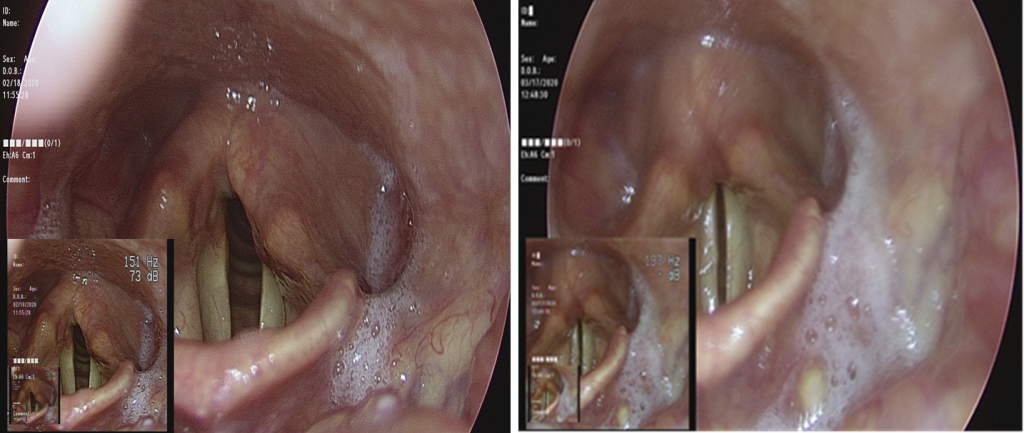
After surgery (left vocal paralysis treated with hyaluronic acid injection laryngoplasty):
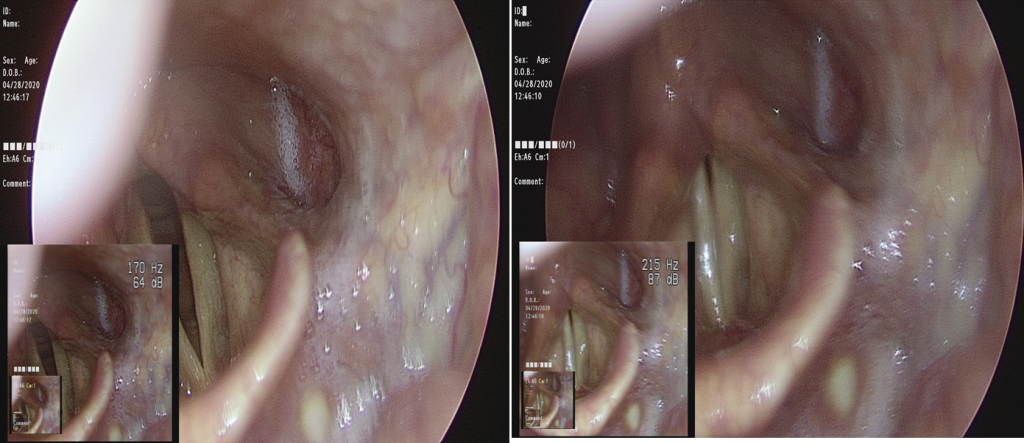
Before surgery (left vocal cyst treated with steroid intracordal injection):
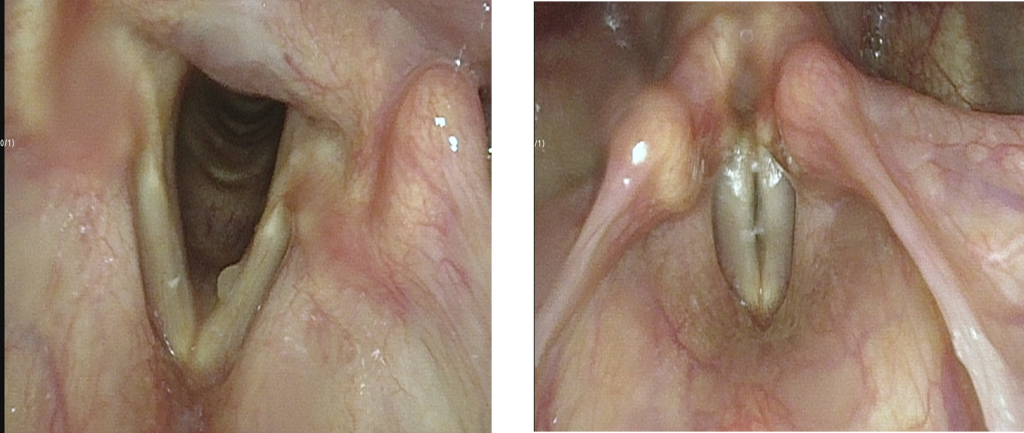
After surgery (left vocal cyst treated with steroid intracordal injection):
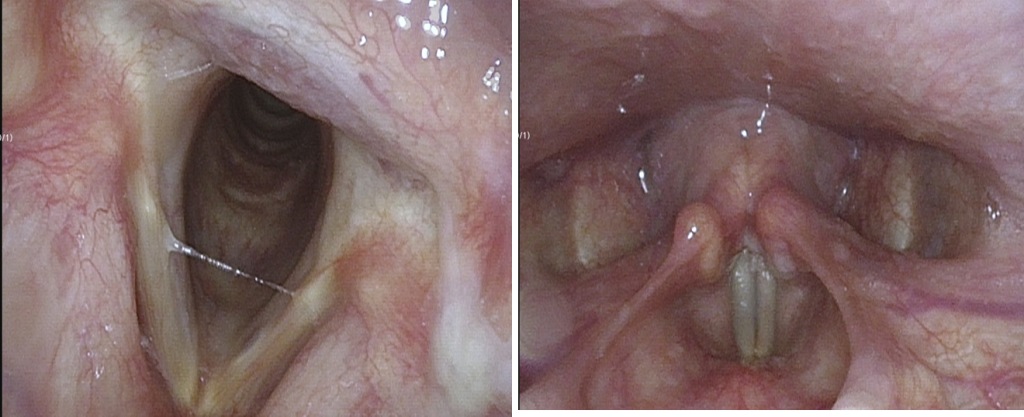
Before surgery (tracheal stenosis treated with tracheal resection and reconstruction):
After surgery (tracheal stenosis treated with tracheal resection and reconstruction):
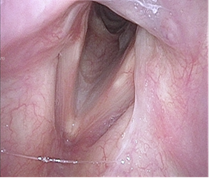
Specialist


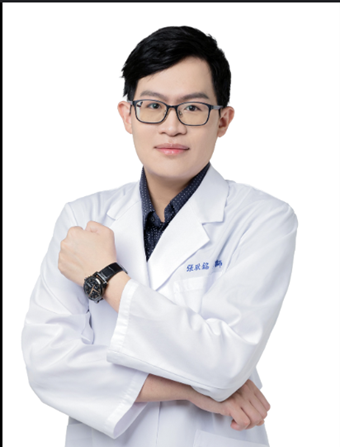
Chang, Ting-Shou Lin, Yaoh-Shiang Chang, Keng-Ming